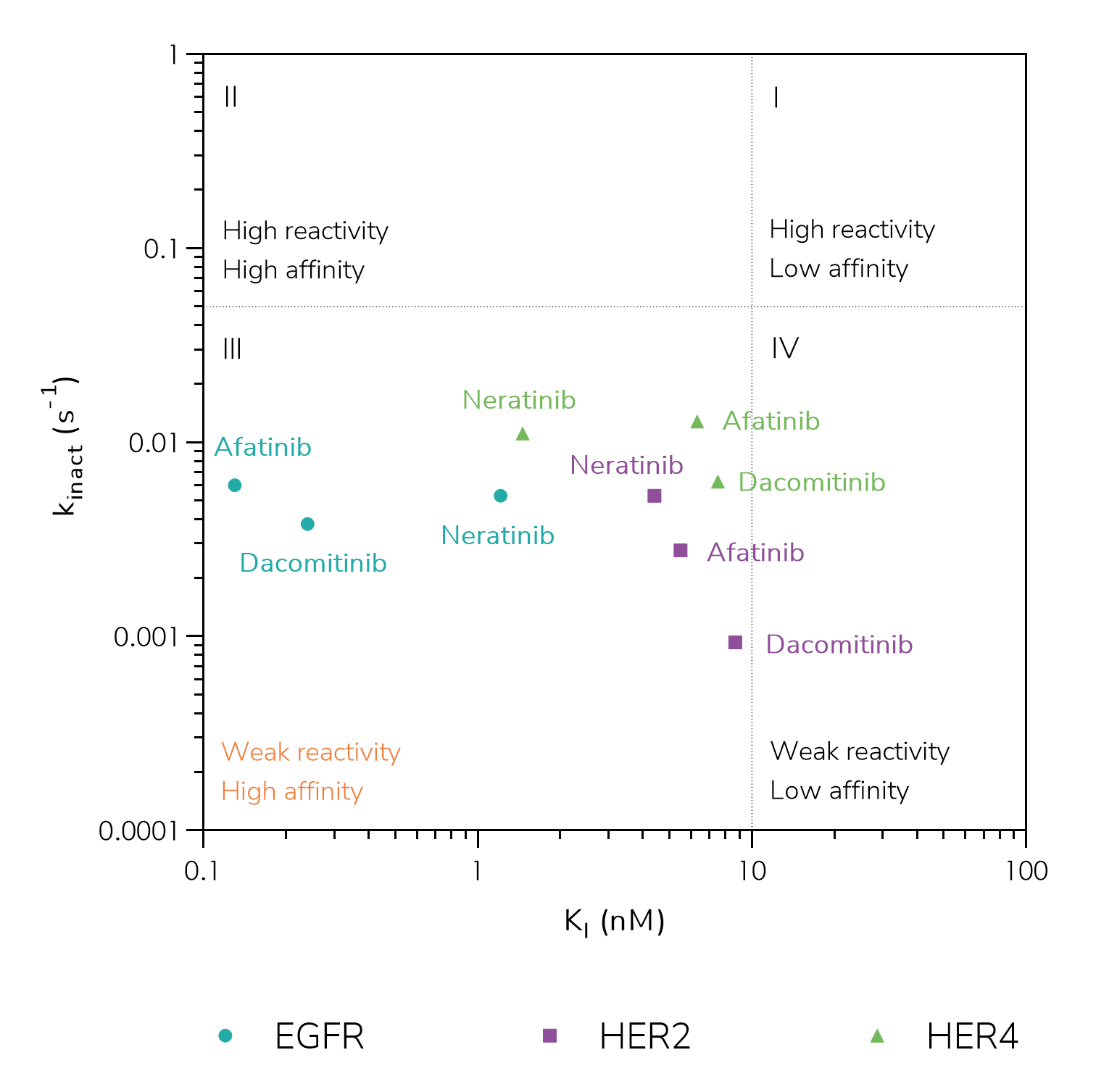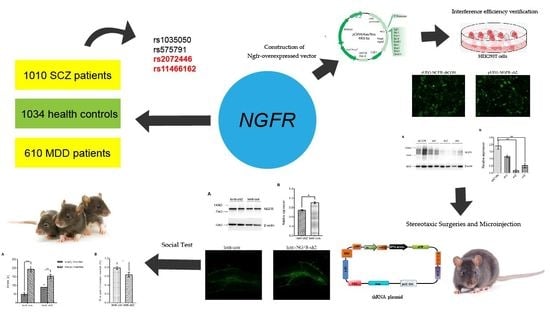Relative Selectivity of Covalent Inhibitors Requires Assessment of Inactivation Kinetics and Cellular Occupancy: A Case Study of Ibrutinib and Acalabrutinib
Por um escritor misterioso
Last updated 12 abril 2025

Sigmoidal correlation between Btk occupancy and experimentally observed

Ibrutinib Inhibits Platelet Integrin αIIbβ3 Outside-In Signaling and Thrombus Stability But Not Adhesion to Collagen

Ibrutinib Inhibits Platelet Integrin αIIbβ3 Outside-In Signaling and Thrombus Stability But Not Adhesion to Collagen

A Perspective on the Kinetics of Covalent and Irreversible Inhibition

Structure-Function Relationships of Covalent and Non-Covalent BTK Inhibitors. - Abstract - Europe PMC

BTK inhibitors in the treatment of hematological malignancies and inflammatory diseases: mechanisms and clinical studies, Journal of Hematology & Oncology

A steady-state algebraic model for the time course of covalent enzyme inhibition

Case Study - COVALfinder to Study Irreversible EGFR Drugs

Case Study - COVALfinder to Study Irreversible EGFR Drugs
Recomendado para você
-
 Brain Test Level 372 Walkthrough12 abril 2025
Brain Test Level 372 Walkthrough12 abril 2025 -
 BRAIN TEST NÍVEL 372 EM PORTUGUÊS12 abril 2025
BRAIN TEST NÍVEL 372 EM PORTUGUÊS12 abril 2025 -
 Он хочет быть выше. 372 уровень Brain Test12 abril 2025
Он хочет быть выше. 372 уровень Brain Test12 abril 2025 -
 372 Brain Teaser Competition Royalty-Free Images, Stock Photos & Pictures12 abril 2025
372 Brain Teaser Competition Royalty-Free Images, Stock Photos & Pictures12 abril 2025 -
 Brain Sciences, Free Full-Text12 abril 2025
Brain Sciences, Free Full-Text12 abril 2025 -
 Caltech Scientists Can Predict Intelligence from Brain Scans12 abril 2025
Caltech Scientists Can Predict Intelligence from Brain Scans12 abril 2025 -
 Frontiers Exercise Intensity and Brain Plasticity: What's the Difference of Brain Structural and Functional Plasticity Characteristics Between Elite Aerobic and Anaerobic Athletes?12 abril 2025
Frontiers Exercise Intensity and Brain Plasticity: What's the Difference of Brain Structural and Functional Plasticity Characteristics Between Elite Aerobic and Anaerobic Athletes?12 abril 2025 -
 7 Riddles That Will Test Your Brain Power - Snapreads Magazine12 abril 2025
7 Riddles That Will Test Your Brain Power - Snapreads Magazine12 abril 2025 -
 Neurological examination & neuroanatomy - EMCrit Project12 abril 2025
Neurological examination & neuroanatomy - EMCrit Project12 abril 2025 -
 Grain Brain: The Surprising Truth by Perlmutter MD, David12 abril 2025
Grain Brain: The Surprising Truth by Perlmutter MD, David12 abril 2025
você pode gostar
-
 The Saint's Magic Power is Omnipotent Novel 2 - Review - Anime News Network12 abril 2025
The Saint's Magic Power is Omnipotent Novel 2 - Review - Anime News Network12 abril 2025 -
 Text swooshes collection. Tail typography retro font graphic elements baseball letters designs vector objects. Illustration black underline swirl, swoosh stroke set Stock Vector12 abril 2025
Text swooshes collection. Tail typography retro font graphic elements baseball letters designs vector objects. Illustration black underline swirl, swoosh stroke set Stock Vector12 abril 2025 -
 Snowguard - Marvel Snap Card Database12 abril 2025
Snowguard - Marvel Snap Card Database12 abril 2025 -
 Sporting goods superstore Decathlon opens third U.S. outpost in the12 abril 2025
Sporting goods superstore Decathlon opens third U.S. outpost in the12 abril 2025 -
 Mike Johnson elected 56th speaker of the House, ending standstill12 abril 2025
Mike Johnson elected 56th speaker of the House, ending standstill12 abril 2025 -
 Street Fighter V - PCGamingWiki PCGW - bugs, fixes, crashes, mods, guides and improvements for every PC game12 abril 2025
Street Fighter V - PCGamingWiki PCGW - bugs, fixes, crashes, mods, guides and improvements for every PC game12 abril 2025 -
 VINLAND SAGA 2 TEMPORADA EP 16 LEGENDADO! DATA E HORA DE LANÇAMENTO! ONDE ASSISTIR!12 abril 2025
VINLAND SAGA 2 TEMPORADA EP 16 LEGENDADO! DATA E HORA DE LANÇAMENTO! ONDE ASSISTIR!12 abril 2025 -
 After Effects DVD Screensaver12 abril 2025
After Effects DVD Screensaver12 abril 2025 -
Nemetologia - BEACON HILLS HIGH SCHOOL Fundada em 1941, Beacon12 abril 2025
-
 Spyderco Techno 7PC Titanium Screw Set plus Blade Stop Pin Anodized in – xxxadrenalinxxx12 abril 2025
Spyderco Techno 7PC Titanium Screw Set plus Blade Stop Pin Anodized in – xxxadrenalinxxx12 abril 2025
